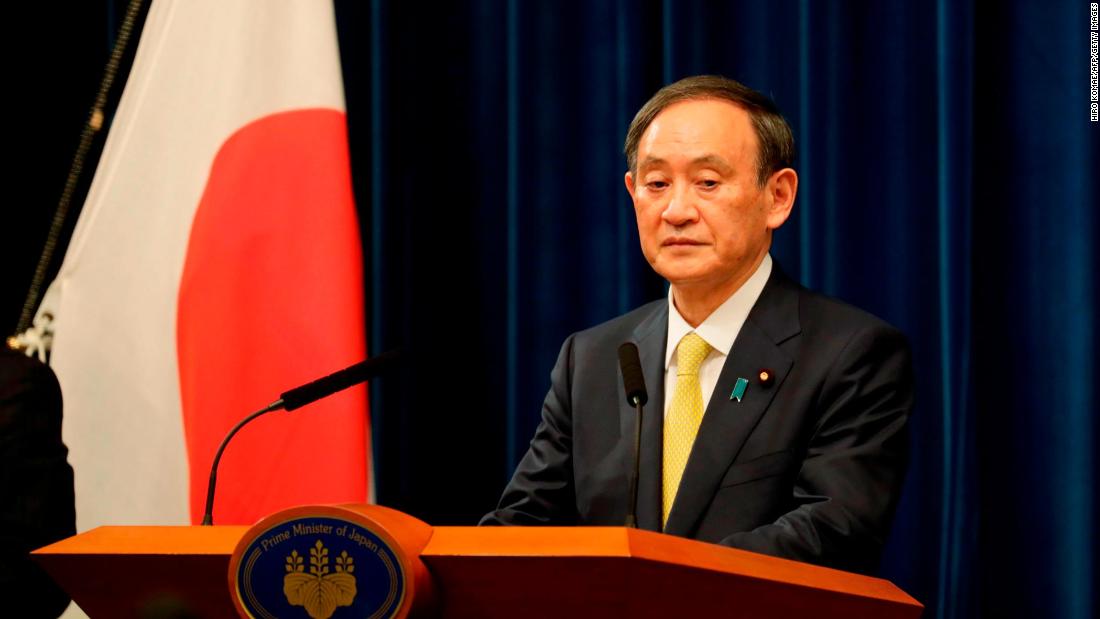
But on Monday, Suga appeared to ignore those guidelines by attending a meeting with seven guests, who were over 70, at a luxury meat restaurant in Tokyo’s Ginza district.
Suga, addressing the prime minister’s residence on Wednesday, said: “There was enough social distance from the rest of the participants, but I seriously regret inviting public skepticism.”
“We have been taking precautions, but the number of infections remains at a high level, with 3,000 new infections confirmed last weekend. We take it very seriously. Experts noted that group food has more risks.” , said Suga.
The Tokyo metropolitan government has advised limiting the number of people eating in restaurants to five and has urged older citizens, especially vulnerable ones, to follow these guidelines.
Opposition lawmakers criticized his attendance at the dinner. “It should have been retained as the infection spread. It should act as a role model for the nation,” said Tetsuro Fukuyama, secretary general of the Constitutional Democratic Party of Japan.
Speaking to Nippon TV, Suga said he was late for dinner and intended to greet the guests and leave, but stayed about 40 minutes.
The Go To program offered travelers 50% discounts on transportation, hotels, restaurants, tourist attractions and shopping, in an effort to encourage domestic travel during the pandemic crisis.
“I decided to take the utmost measure to prevent infection and alleviate the burden on the medical system, so that everyone in Japan can have a quiet new year,” Suga said at the time.
Japan, along with its neighbor South Korea, is seeing increases in Covid-19 cases and hospitalizations as cold winter temperatures set. conditions that can make the coronavirus spread more easily.
In Japan, cases have steadily increased since early last month. On November 1, just over 600 cases were reported. Twenty days later there were more than 2,500 infections daily.
The country reported 2,988 cases of Covid-19 and 51 deaths on Wednesday, bringing the national total to 187,815.
The number of patients in critical condition and in intensive care remains at its highest level since the start of the pandemic in 618 people, up to 26 cases compared to the previous day.
Large urban centers such as the capital Tokyo report their highest level of infections and the number of people hospitalized is increasing. On Wednesday, Tokyo reported that 1,960 patients are in medical care and 69 people are in serious condition in intensive care.
Despite being one of the first countries affected by the virus, Japan has largely avoided the kind of strict closures seen elsewhere in the world, opting instead for intensive border controls, contact tracing and social distancing, a experiment which has been a great success.
But the large amount of time citizens live under even smaller restrictions: East Asia was the first region in the world to treat coronavirus, as precautions were taken in January this year, runs the risk of fatigue.
“Please don’t get used to the coronavirus,” Japanese Medical Association president Toshio Nakagawa said at a briefing last month as cases began to escalate. “Please don’t underestimate the coronavirus.”
Neighboring South Korea is also fighting its biggest increase in Covid-19 cases and health officials have warned citizens to take the restrictions seriously as the country faces the possibility of entering its first potential block.